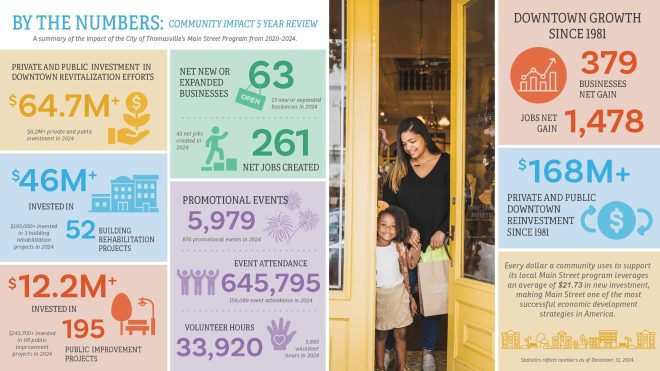Understanding the causes and recoveries of United States recessions: a historical analysis
Published 7:49 am Tuesday, June 27, 2023
Recessions are an inherent part of any economy, including that of the United States. Throughout the 20th and early 21st centuries, the nation has experienced several economic downturns, each with its unique set of causes and subsequent recovery mechanisms. This article aims to delve into the causes of major U.S. recessions since the 1900s and explore how the market pulled itself out of these challenging times.
- The Panic of 1907: One of the earliest recorded recessions, the Panic of 1907, stemmed from a combination of factors, including the failure of the Knickerbocker Trust Company and a lack of confidence in the banking system. The market recovered as prominent financiers, such as J.P. Morgan, intervened, pooling their resources to stabilize the financial system and restore confidence.
- The Great Depression (1929-1939): Caused by the stock market crash of 1929, the Great Depression was characterized by a severe decline in economic activity, mass unemployment, and deflation. The market began its recovery with the implementation of Franklin D. Roosevelt’s New Deal programs, which aimed to stimulate economic growth, provide jobs, and regulate financial institutions.
- Recession of 1953: Following World War II, the U.S. faced a post-war adjustment period that led to a recession in 1953. The government responded with fiscal and monetary policies, including tax cuts and interest rate reductions, which encouraged consumer spending and investment. This led to an eventual recovery and economic expansion.
- Oil Crisis Recession (1973-1975): The 1973 oil crisis, triggered by OPEC’s oil embargo, resulted in skyrocketing oil prices, fuel shortages, and inflation. To combat the crisis, the Federal Reserve raised interest rates, which initially worsened the recession. However, as energy prices stabilized, the market gradually rebounded, aided by expansionary monetary policies and a revival in consumer spending.
- Dot-Com Bubble Burst (2000-2001): The bursting of the dot-com bubble in the early 2000s, caused by overvaluation of internet-based companies, led to a recession. To recover, the Federal Reserve implemented aggressive interest rate cuts, and the government enacted fiscal stimulus measures. The market eventually pulled out of the recession as investors shifted focus to other sectors, and technological advancements continued.
- Global Financial Crisis (2007-2009): The subprime mortgage crisis, coupled with complex financial instruments, led to a severe recession and the collapse of major financial institutions. The government responded with significant bailouts, stimulus packages, and regulatory reforms. These measures, combined with international cooperation, stabilized the financial system and paved the way for recovery.
Conclusion: Throughout U.S. history, recessions have arisen from a variety of causes, from financial panics to geopolitical events and speculative bubbles. Each time, the government and central banks have employed a mix of monetary and fiscal policies to mitigate the impact and stimulate recovery. While the specific strategies varied, a common thread in all successful recovaeries was the restoration of confidence and stability in the financial system. Understanding the causes and recovery mechanisms of past recessions can help policymakers and economists devise strategies to minimize the impact of future downturns and ensure sustained economic growth.
Trending
The content is developed from sources believed to be providing accurate information. The information in this material is not intended as tax or legal advice. It may not be used for the purpose of avoiding any federal tax penalties. Please consult legal or tax professionals for specific information regarding your individual situation. This material was developed and produced by FMG Suite to provide information on a topic that may be of interest. FMG Suite is not affiliated with the named broker-dealer, state- or SEC-registered investment advisory firm. The opinions expressed and material provided are for general information, and should not be considered a solicitation for the purchase or sale of any security. Copyright 2023 FMG Suite.
This article was provided by Philip J Ambrose, CFP®
CERTIFIED FINANCIAL PLANNER™
Rosenberg Alvis & Ambrose Wealth Management
(229) 702 6100
312 N. Broad Street
Trending
Thomasville, GA 31792
-And-
1876- B Eider Ct.
Tallahassee, FL 32308
www.raawealthmgmt.com





